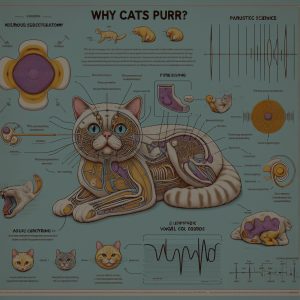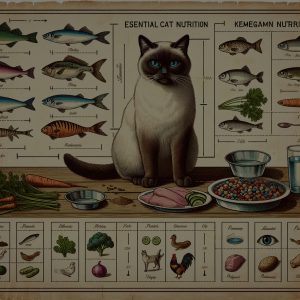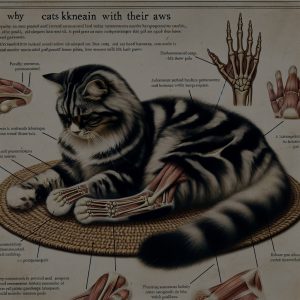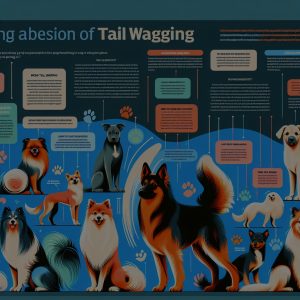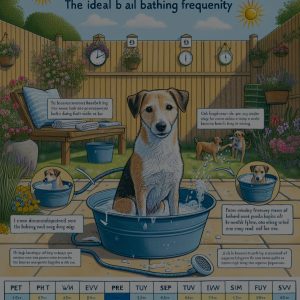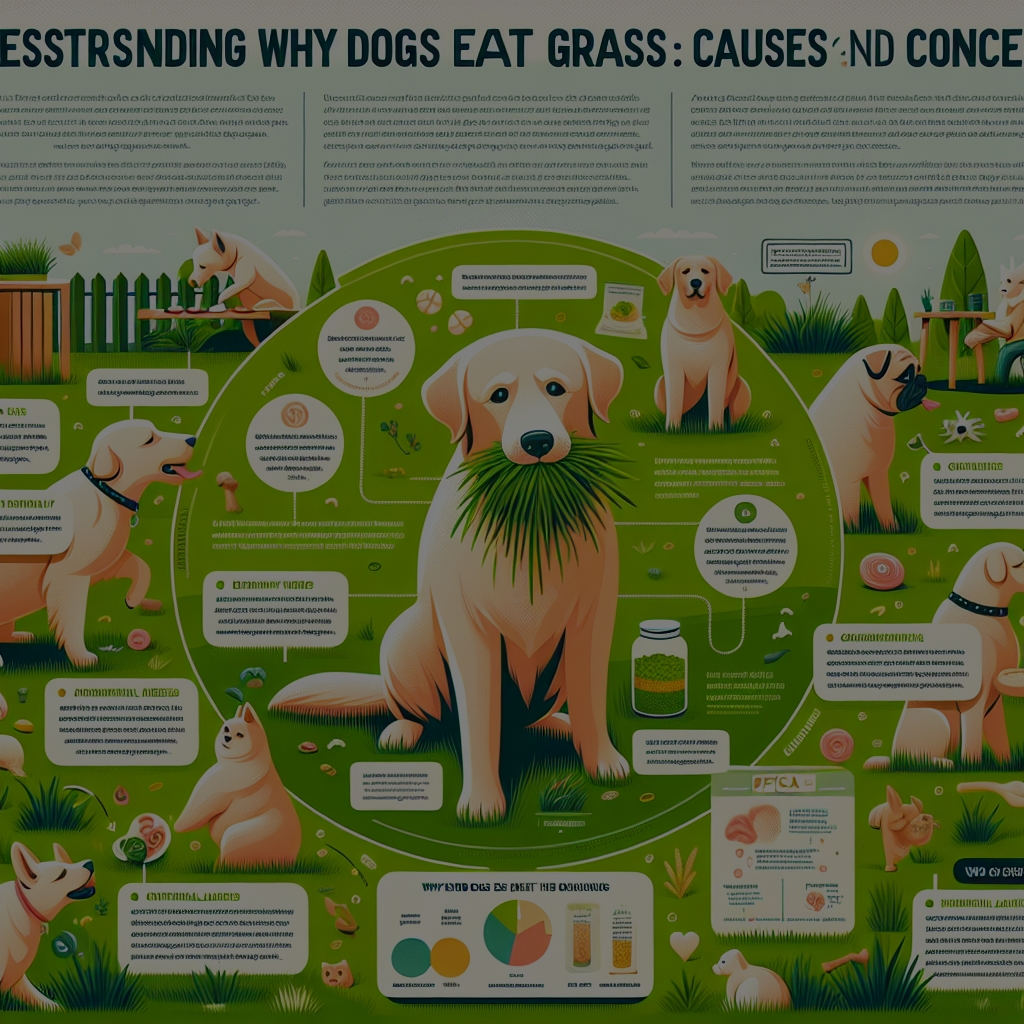
Dogs have long been known to exhibit a range of curious behaviors, one of which includes the consumption of grass. This behavior is relatively common among canines, but it often leaves pet owners puzzled and concerned. Understanding the motivations behind why dogs eat grass, the potential health concerns associated with this habit, and the behavioral factors that play a role can help pet owners manage this behavior more effectively. This article aims to delve into each of these aspects to provide a comprehensive understanding of grass-eating in dogs.
Common Reasons Dogs Consume Grass
One of the most widely accepted reasons dogs consume grass is that it serves as a supplementary source of fiber. Grass contains roughage that can help improve a dog’s digestive system. This natural fiber can assist in moving food and waste through the gastrointestinal tract more smoothly. Some veterinarians believe that dogs instinctively eat grass to meet their nutritional needs, especially if their regular diet lacks sufficient fiber.
Another prevalent theory is that dogs eat grass to induce vomiting as a means to relieve gastrointestinal discomfort. When dogs feel nauseous or have an upset stomach, consuming grass can trigger vomiting, which might help expel any irritants or toxins they have ingested. While not all dogs vomit after eating grass, those that do may be using this method as a natural remedy to cleanse their digestive system.
Lastly, dogs may eat grass simply because they enjoy the taste and texture. Some dogs find the sensation of chewing on grass blades pleasurable. This behavior can be likened to humans chewing gum or eating certain snacks for sensory gratification. In this context, grass consumption is more of a benign habit rather than a sign of any underlying health issue.
Health Concerns Linked to Grass Eating
While eating grass is generally considered a normal behavior in dogs, it can sometimes pose health risks. One of the primary concerns is the potential ingestion of harmful pesticides, herbicides, or fertilizers that may be present on the grass. Chemicals used to treat lawns and gardens can be toxic to dogs, leading to symptoms such as vomiting, diarrhea, and even more serious toxic reactions.
Another health concern is the potential for intestinal blockages. Grass is not always easy for dogs to digest, and excessive consumption can lead to the formation of fibrous masses in their intestines. This can cause blockages that may require medical intervention, including surgery in severe cases. Pet owners should monitor the amount of grass their dog consumes and consult with their veterinarian if they notice any signs of digestive distress.
Moreover, parasites and bacteria present in soil and grass can pose a risk to dogs. Grass can harbor various pathogens that may cause infections or illnesses when ingested. These can range from relatively mild gastrointestinal issues to more severe conditions that require veterinary attention. Ensuring that dogs have a clean and safe environment to play in can help mitigate these risks.
Behavioral Factors Behind Grass Consumption
From a behavioral standpoint, grass-eating in dogs can be attributed to a range of factors including boredom, anxiety, and attention-seeking behavior. Dogs that are left alone for extended periods may resort to chewing on grass as a way to pass the time and alleviate boredom. Engaging in such a repetitive activity can provide mental stimulation and a temporary distraction from their isolation.
Anxiety is another behavioral factor that may drive dogs to eat grass. Dogs experiencing stress or anxiety may engage in compulsive behaviors, one of which includes grass consumption. This can serve as a coping mechanism to self-soothe and reduce their anxiety levels. Understanding the root cause of a dog’s anxiety and addressing it through behavioral training or environmental enrichment can help reduce this behavior.
Additionally, some dogs may eat grass as a way to seek attention from their owners. If a dog notices that eating grass prompts a reaction from their owner, whether it be positive or negative, they may continue the behavior to gain attention. Recognizing this pattern and providing alternative forms of engagement, such as interactive toys or regular playtime, can help divert their attention away from grass-eating.
Tips for Managing Grass Eating in Dogs
To effectively manage grass-eating behavior in dogs, it is essential to ensure they are receiving a well-balanced diet that meets all their nutritional needs. Providing a diet rich in fiber can help reduce the appeal of grass as a supplemental fiber source. High-quality dog food and occasional dietary supplements, as recommended by a veterinarian, can support a dog’s overall digestive health.
Regular exercise and mental stimulation are also crucial in curbing grass-eating behavior, particularly if it stems from boredom or anxiety. Daily walks, playtime, and interactive toys can help keep a dog engaged and reduce the likelihood of them turning to grass as a form of entertainment. Ensuring that dogs have ample opportunities for physical and mental activity can contribute to their overall well-being.
Finally, monitoring and controlling a dog’s environment can significantly mitigate the risks associated with grass consumption. Avoiding areas treated with pesticides, herbicides, and fertilizers, and regularly checking for signs of parasites or contamination in the areas where they roam can reduce potential health risks. If concerns about grass-eating persist, consulting with a veterinarian can provide further guidance and support tailored to the individual needs of the dog.
Understanding why dogs eat grass and the possible health and behavioral implications can help pet owners manage this common yet perplexing behavior more effectively. By addressing potential nutritional deficiencies, providing sufficient exercise and mental stimulation, and maintaining a safe environment, pet owners can reduce the risks associated with grass-eating. Always consult with a veterinarian for personalized advice and to ensure the health and well-being of your canine companion.

